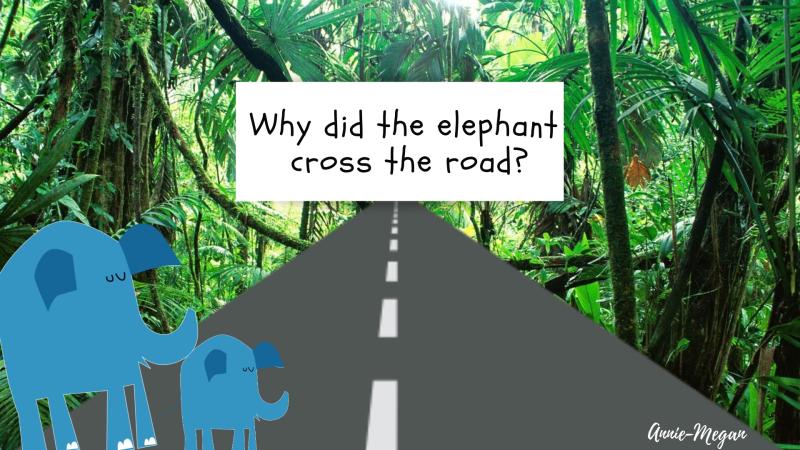
One of the greatest threats to biodiversity is the fragmentation or breaking apart of habitats. Climate change, volcanic eruptions and other geological processes can gradually modify the area in which a species finds food, shelter, and mates. By natural selection and adaptation, speciation occurs, adding to the richness of life. Conversely, human activities of deforestation, agriculture and urbanisation have accelerated habitat loss to such a degree that species are unable to adapt to the changes, leading to ecosystem decay and, ultimately, extinction. What can be done to mitigate the significant losses to the incredible variety of life on Earth?
The splintering of terrain results in habitat ‘islands’, where small populations of species are isolated from one another. Separated by highways, farmland, cities, dams, gas pipelines, electricity and telecommunication lines, etc., individuals have less choice of mates, and area for food and protection. Many animals are killed crossing roads every day. While a large community may cope with minor fluctuations in climate, small populations will struggle.
Wildlife crossings are man-made corridors for the movement of animals in the form of overpasses, underpasses and viaducts. At the Anamalai Tiger Reserve in Valparai, South India, canopy bridges have been installed to connect trees across the road, ensuring safe passage for the endangered lion-tailed macaque. Water barriers like dams, locks and waterfalls prevent fish from migrating naturally upstream. The earliest man-made solution is found in 17th century France in the form of a fishway. Also called a ladder, low steps allow fish to bypass the obstruction and spawn in their native habitat.
The needs of a growing human population are met by infringing on and fracturing wild land. We can mitigate the destruction caused by development by dedicating corridors to the passage of wildlife, enabling them to adapt and evolve.





